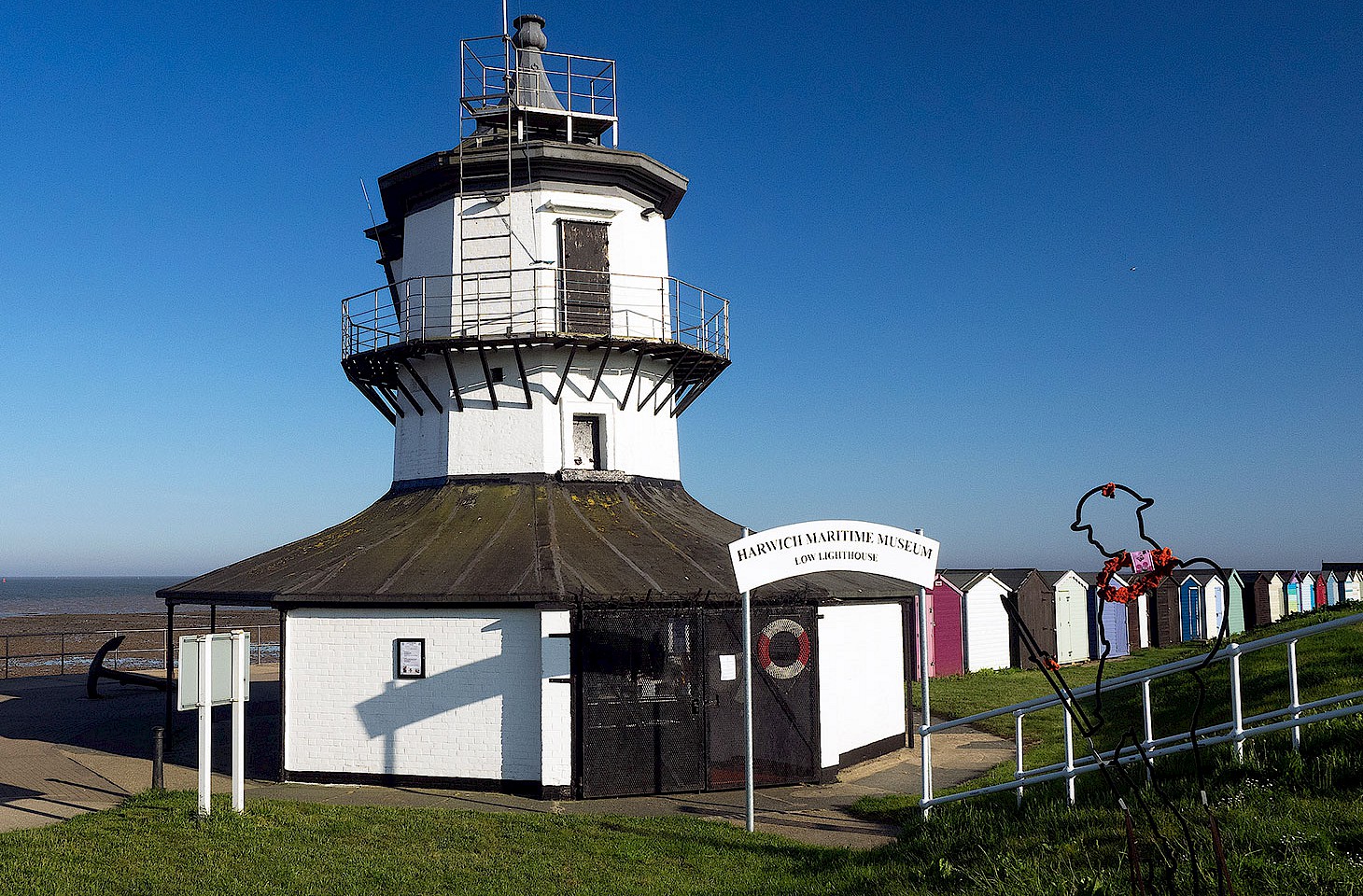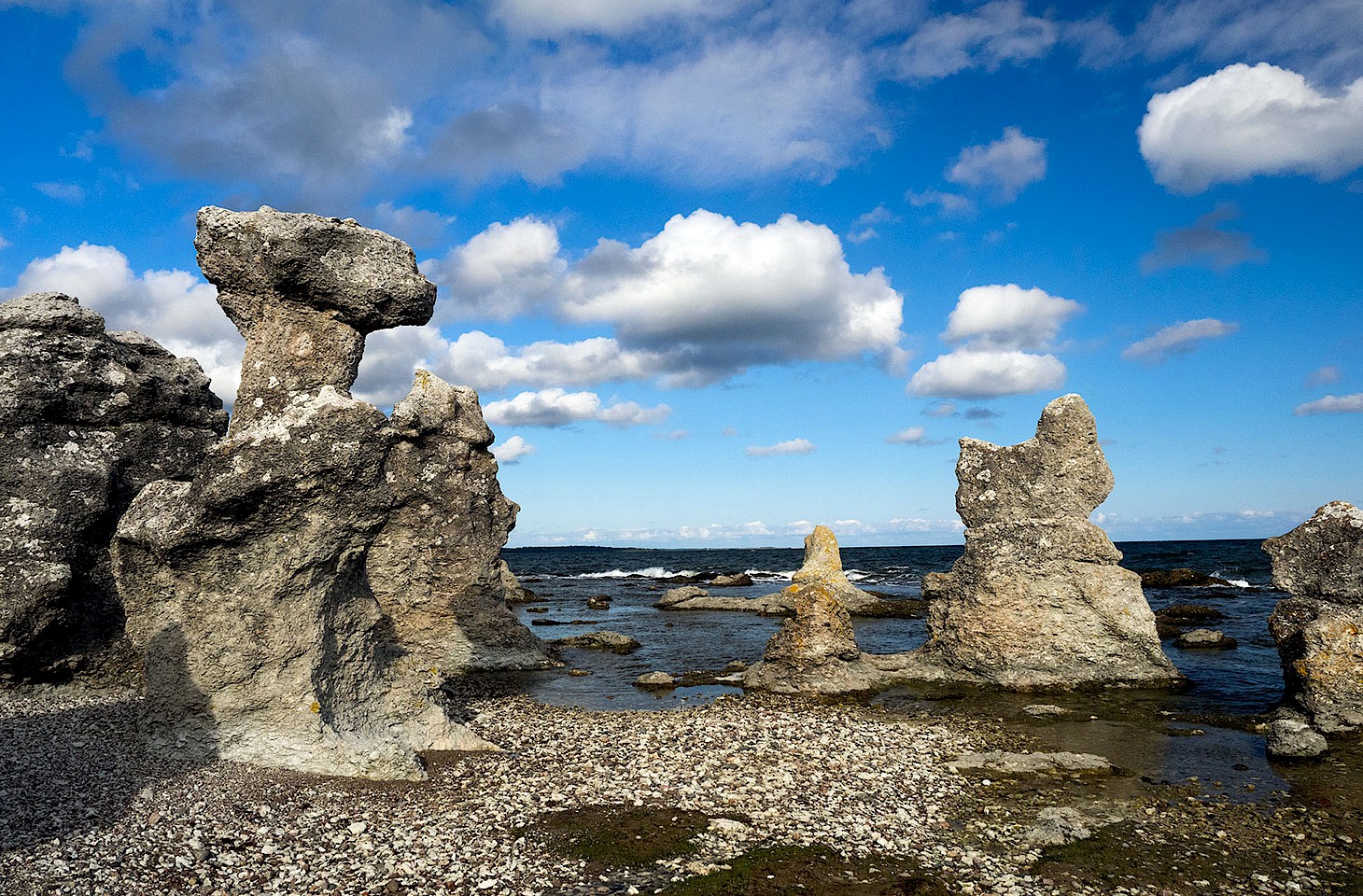Over the last few hundred years there has been a subtle shift in how we think about travel. Dante's journey through the three realms of the dead can be read as an intriguing piece of travel writing. Homer's Odyssey is an equally fabulous travel narrative. Yet travel has somehow slipped out of fashion. True, we fly hither and thither, but travel is rarely valued for its own sake. Instead it is recast as a minor inconvenience that somehow intervenes between our point of departure and our intended destination. The pleasure of the journey is eclipsed by anticipation of arrival. To get there fast is better than to travel slow.
Yet where would travel be without all those slow journeys of yesteryear? Adventures like Patrick Leigh Fermor's long walk across Europe, Isabelle Eberhardt's remarkable wanderings through the Maghreb or Freya Stark's travels with a donkey through an Arabian winter.
Donkeys, it seems, are an indispensable asset to the would-be slow traveller. They are reportedly faster than a camel (if Freya Stark is to be believed), yet markedly slower than planes, trains and buses. If Robert Louis Stevenson managed perfectly okay travelling through the Cévennes area of France with a donkey, why don't we all eschew trains and take donkeys?
We have lost our sense of time. We believe that we can add meaning to life by making things go faster. We have an idea that life is short — and that we must go faster to fit everything in. But life is long. The problem is that we don’t know how to spend our time wisely.
(Carlo Petrini, Founder of the Slow Food Movement, September 2008)
Modernity comes at a cost. Even in the mid-nineteenth century, the French travel writer Théophile Gautier was bemoaning how tiresome travel was becoming. Being tossed from side to side in a stagecoach, he averred, was not real travel at all. "You might as well stay at home," he wrote in Voyage en Espagne (1843). Two centuries later, millions of folk every day are packed like sardines into fragile aluminium tubes which then shoot through the sky at slightly less than the speed of sound - and all in the name of travel.
So perhaps it is time that we rediscovered our donkeys. Or at the very least considered the merits of slow travel.
It is not compulsory to jet from London to the Mediterranean in less time than it takes to enjoy a leisurely lunch. There is an alternative, and that is to take a slower route.
If we have slow food and slow cities, then why not slow travel? Canadian journalist Carl Honoré nicely criticised the cult of speed in his 2004 book In Praise of Slow. Yet although he surveyed the gamut of human activity from sex to the workplace, he had relatively little to say about travel.
Slow travel is about making conscious choices. It is about deceleration rather than speed. The journey becomes a moment to relax, rather than a stressful interlude imposed between home and destination. Slow travel re-engineers time, transforming it into a commodity of abundance rather than scarcity. And slow travel also reshapes our relationship with places, encouraging and allowing us to engage more intimately with the communities through which we travel.
The choice is not simply one of plane versus train. Some modern rail services are much too fast to afford any serious appreciation of passing landscape. One can streak through flattish Flanders on Eurostar and the experience is exhilarating.
Move to more complex topographies and high speed rail becomes disorientating. The fast trains on the new rail route that runs northwest from Frankfurt-am-Main slice determinedly through the wooded hills of the Taunus, defying the warp and weft of the landscape with moments of stroboscopic wonder, and depositing their distracted passengers in Cologne in little more than an hour. There are flashes of light between tunnels, angled glimpses of the sky and plenty of scope for headaches. It is a considerable technological feat, to be sure, but is being shot through the Taunus like a bullet actually better than sticking to the old rail route along the Rhine valley to Cologne? There the train follows the meandering course of the river, affording wonderful views of gabled villages, precipitous vineyards and romantic gorges. True, the old valley route takes twice or thrice as long as the new fast line, but the experience is incomparably better. Dedicated slow travel purists might even consider dispensing altogether with the train and instead using the boat for part of the journey.
During the twentieth century, speed was associated with success. The seductive allure of fast cars, jet planes and premium service trains sidetracked travellers. Now new priorities are emerging: low impact tourism, engaging with people, giving something back to the communities we visit, and being aware of our carbon footprints.
Slow travel is not about money or privilege. Slow travel is a state of mind. It is about having the courage not to go the way of the crowd. Popular wisdom may suggest that a first visit to Italy must necessarily include Venice, Florence and other ‘must-see’ spots. But in fact there are no ‘must-see’ destinations. The glossy travel magazines, tour operators and public relations agencies hype cities and regions, resorts and restaurants. And modern tourists progress from place to place, ticking off countries, cities and communities as staging posts in a pilgrimage of mass consumption.
The slow traveller does not play the same dangerous game. I forgo the false authenticity bred of shared chatter about ‘my Venice experience’ and instead take to the back streets, linger longer and try to understand what makes a community tick. I skip coffee at chains like Costas and Starbucks, and stick to locally owned cafés, eat good regional produce, use local buses and try to visit places cherished by the local community. These are not necessarily the same as the big tourist sights.
As a travel writer, I find the process of experiencing a place is essentially phenomenological. The city square was not designed as a place for tourists, but rather as the context for everyday lives. It deserves more than a casual glance — cityscapes are there to be studied and observed in detail. They are spurs to meditation, and only much later can words flow. And what is true of cities is equally true, often even more true, of rural communities. But this mode of approaching the world is not merely the prerogative of the travel writer, nor indeed can travel writers claim any ownership over the notion. These are ideas that have been part of the orchestra of geographic thought for decades. French geographers like Vidal de La Blache immersed themselves in the environments which they studied. Only now are these ideas being discovered by a wider public.
How do you really capture the essence of a region or a country? Will I understand the United States better if I spend a month in New York, make a whirlwind tour of all fifty state capitals (some of which are in quite improbably offbeat spots), or drive slowly from coast to coast taking the pulse of changing landscapes and communities along the route? Travellers are beginning to realise that they face real choices. A week in a village in rural Provence may tell more of France than a day spent in each of seven French cities. A full day's hike through Berlin’s suburbs, criss-crossing from east to west and back again, will surely afford better insights into everyday life in the German capital than a trek around the main tourist sights.
It is easy to practice slow travel. Start at home. Explore your immediate locality. Leave the car at home and take a local bus to a village or suburb that perhaps you have never visited. Plan expeditions that probe the jungles and traverse the deserts of your home neighbourhood. Visit a church, a community centre, a café, a library or a cinema that you have passed a thousand times but never entered.
Slow travel reinvigorates our habits of perception, taunting us to look more deeply into that we thought we already knew. And at its best it reintroduces a welcome measure of uncertainty into travel. Just as the moody donkey did for Freya Stark and Robert Louis Stevenson. When we jet from London to Lisbon by plane, we know roughly when we will arrive. But when we set out from Lisbon to return to London using only local buses, stopping trains and ferries, we have no very clear idea what may happen along the route, nor indeed when we shall reach London.
For some travellers, that very uncertainty is disquieting. Fast lives demand confirmed arrival times. Slow travellers delight in the magic of the unexpected. Théophile Gaultier, that nineteenth-century French travel writer whom we mentioned earlier, regretted that even in his day there was little adventure left in travel. The absence of the unexpected breeds only a numbing boredom which makes Moscow and Madrid seem indistinguishable. “What charm can there be in a journey,” asks Gautier, “when one is always sure to arrive and find horses ready, a downy bed, an excellent supper and all the comforts that one enjoys at home?”
Journeys are, as Alain de Botton aptly reminds us, the midwives of thought. A good thought, like a good donkey, is something to be nurtured. Neither likes to be rushed. So make a resolution for 2009. Think before you fly. Travel slow, explore byways, avoid the big tourist sights, and where once you might have thought of pausing merely overnight, stay instead for a few days. “The art of living,” says Carlo Petrini, the charismatic founder of the Slow Food Movement, “is about learning how to give time to each and every thing.” And that, most surely, should include travel.




